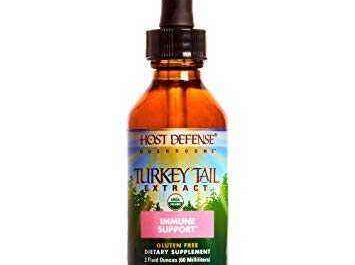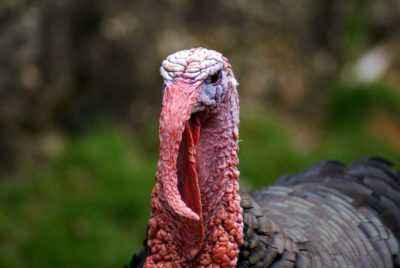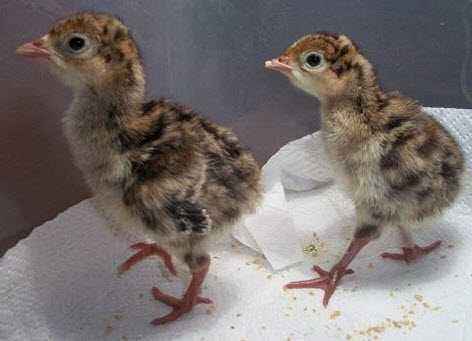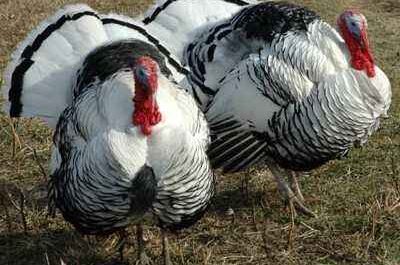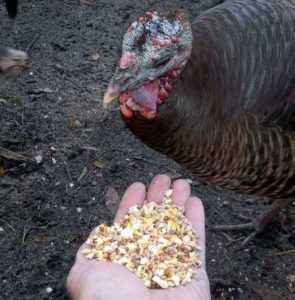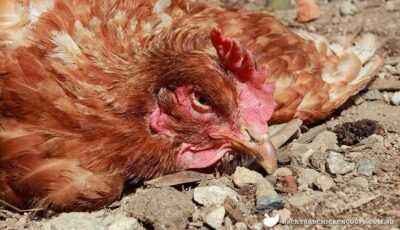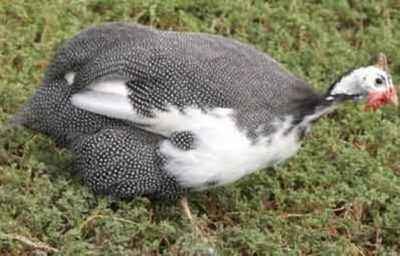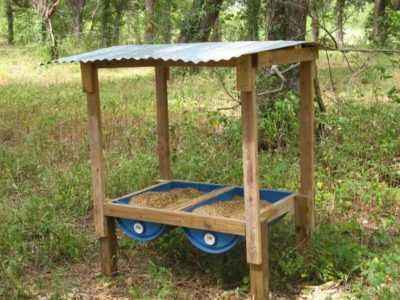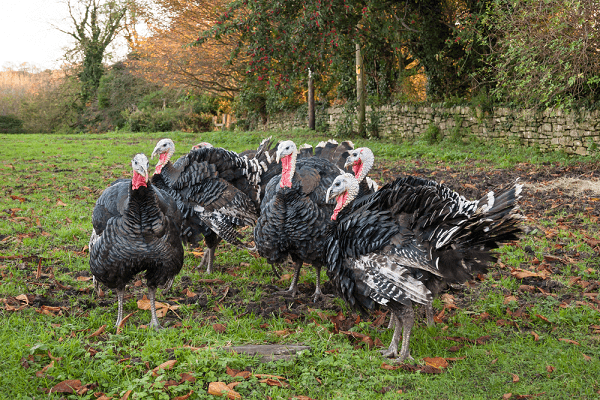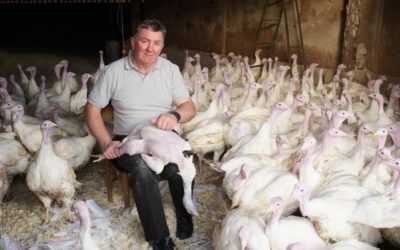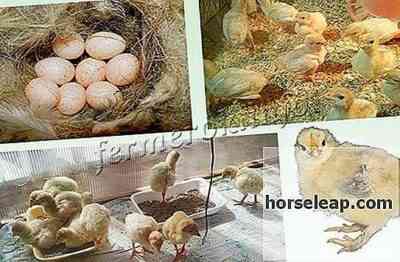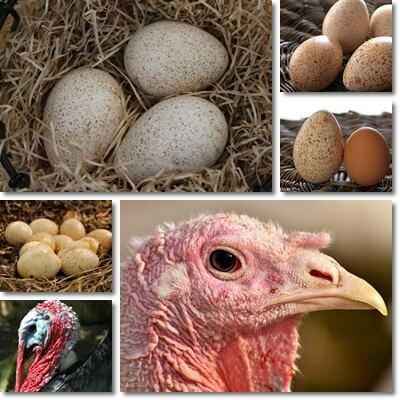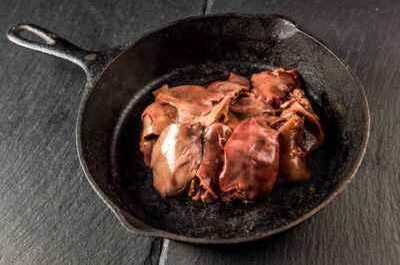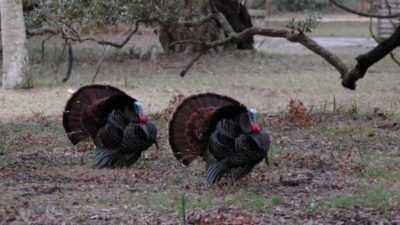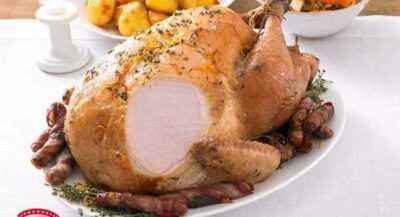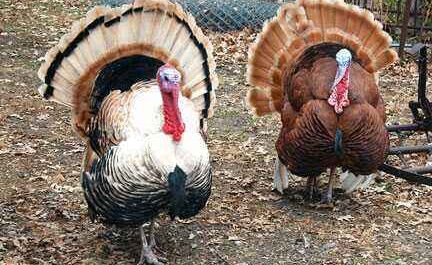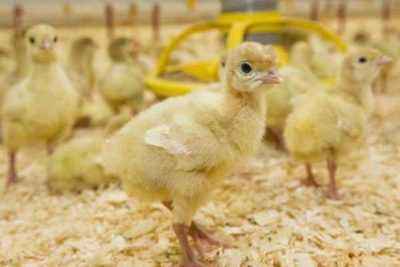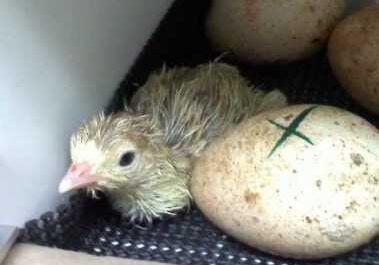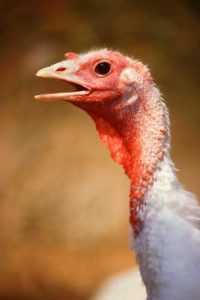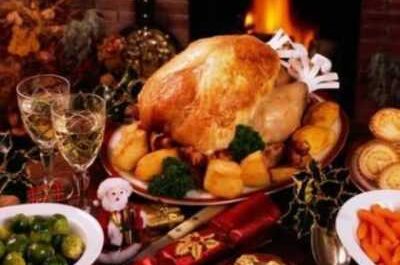Turkey is one of the most popular poultry on farms in most countries. Her dietary meat and eggs are distinguished by their exquisite taste, and a fancy feather is used in applied art and as a filler for feather-beds. The high rating of this bird among farmers is also explained by the relative ease of its breeding: the body of a turkey tolerates cold well, it quickly gains weight, has a rather high percentage of egg production (about 15-20 pieces per clutch).Despite the considerable cost of food, a turkey is a rather cost-effective option for a poultry breeder. A skilled owner will be able to quickly cover the cost of maintenance: turkey meat is valued more than chicken. One of the main tasks of the breeder is to equip the premises for birds and provide him with all the conditions necessary for comfortable breeding of birds. How to make a nest for a turkey with your own hands, having calculated all the necessary sizes?
- Types of nests and their differences
- Nest location and calculation of parameters
- Arrangement and comfort
- We make a nest ourselves
- Do-it-yourself box

Device for a turkey nest
Types of nests and their differences
In fact, the principle of the design of a place for hatching eggs in any poultry is the same. The deciding factor here is the size of the pet. A well-fed turkey can reach up to 12 kg of weight. Accordingly, she will need to make a nest quite roomy. Their classification is quite diverse.
- Open and closed. The first usually have the form of a basket or box without a lid. Suitable for indoor poultry houses.The closed ones are equipped with a hinged lid that can protect the bird from rain.
- With egg collectors: a double bottom is equipped so that the turkey cannot reach the laid egg.
- Separate and general: taking into attention is the tendency of the turkey to privacy, some owners prefer to separate the hens from each other during the laying period.
- One-tier and many-tier: if your farm has a large number of birds, a two or three-story building will become a compact option for their placement.
Location nesting and calculation of parameters
As mentioned above, a turkey, being a rather sociable bird, should still be able to retire. During the laying period, this need intensifies. Therefore, turkey nests are placed in a dark and comfortable place, preferably separately from each other, fenced by high walls about half a meter high.
It is very important that the bird feels comfortable laying eggs and hatching future offspring . Let her choose the location of the nest herself and let her get used to it. Make a place away from the entrance to the house , so that the bird is not disturbed by people entering the room. She should feel safe – so take care of the psychological state of the pets. If, in addition to turkeys, there are other inhabitants in the house, for this period they should be separated from each other.
They are quite frost-resistant, turkeys need warmth and dryness during laying, so cover the nest with straw or hay. Do not place the nests directly near the walls: they should be 40 cm above the floor. The main requirement for designing the nests will be to provide space. In no case should the laying hen feel constrained.
When calculating the number of nests, bear in mind that the females do not rush at the same time. A ratio of 1 nest per 5 females is optimal: new places will be required to increase the number of hens. According to the standards, the parameters of a turkey nest are 50 cm wide, 50 cm high and 60 cm deep, which is much larger than that of chickens and ducks .
Arrangement and comfort

For comfort and safety you have to make an effort
It is in your interests to get healthy and numerous offspring, so you have to make maximum efforts to ensure the comfort and safety of the laying hen. To make it softer to sit, cover the bottom of the nest with earth, and lay branches on top. Change the litter periodically and check the nests for parasites. Make sure that the temperature in the house is at least 26 degrees, because during the laying of the bird becomes more sensitive to environmental conditions.
Add to food and cover the floor with fine gravel: in the first case, it will improve the digestion of the turkey, in the second it will distract it from nibbling its own nest. Install a sand or ash trough so that birds can take baths. Just don’t fill the tank with water: this bird prefers dryness.
Make a nest yourself
With your efforts you can do almost anything. Today, in special stores, the poultry farmer can purchase any product for his farm. The advantage of a home-made perch is financial savings and the ability to show design creativity. The tips below will help a beginner cope with the task:
- A nest from improvised material is the easiest and most cost-effective option. Any container is suitable, whether it be a basket, a plastic box or a barrel. It is enough just to disinfect it well and lay a soft litter on the bottom. It is not recommended to build metal containers – the eggs in them can be cold.
- A durable version of the nest is made of brick. A soft “filling” from a mattress or quilted jacket is placed in the center. Leave the egg space between the bricks. Tamp the structure with straw.
Both options for egg-laying sites suggest the presence of screens separating one nest from another. For this purpose, ordinary cardboard or plywood is suitable.
Do-it-yourself box
How to cope with the task with your own hands?If you have experience working with tools, you can try to make a nice and comfortable plywood booth in which a turkey can calmly hatch offspring. You will need, in addition to the basic material, tools, fastening accessories, a centimeter or a tape measure.
Cut the required number of walls depending on how many layers you have. Grind carefully: cut a hole for entry and exit, the dimensions of which depend on the dimensions of the bird. Connect the wooden beams to the plywood frame. It is convenient to make the roof removable to facilitate the process of cleaning and collecting eggs. A nest with an egg collector is suitable for you when the female does not need to hatch eggs. With the help of a sloping bottom, they will immediately fall into a designated area. To keep the egg intact during the rolling process, you need to slow down its “flight.”
You already know how to assemble the booth. The inclined surface is mounted at an angle of 15 degrees. – at the entrance to the booth, the end is opposite it. Cover the bottom of the back wall with rubber, which will slow down the sliding of the egg, and the bottom of the pris drink sawdust for ease in its way. Attach an egg collector to the back of the booth. Alternatively, you can make it extendable.
Now you know that not only the size of the turkey will affect what the design should be for it, it is important to consider and many other factors.As you can see, it is not necessary to purchase an expensive design. A cozy nest, in which a turkey will be ready to carry and hatch eggs, is quite capable of making a master with his own hands. Having correctly calculated the sizes and following the instructions, you can easily cope with the task.

